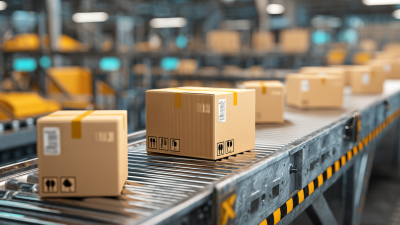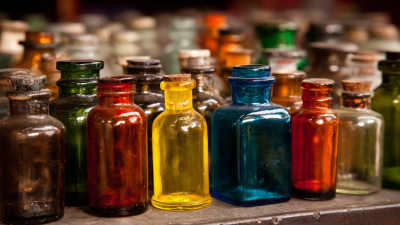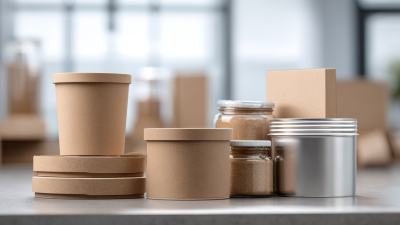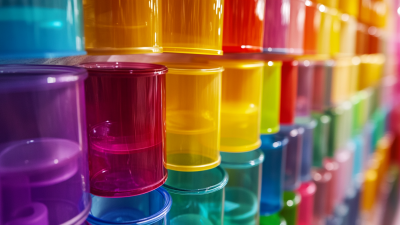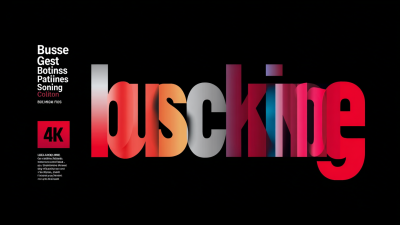In today's competitive marketplace, selecting the right packaging solutions is crucial for any business aiming to enhance its product presentation, safety, and sustainability. With a myriad of options available, companies must navigate through various materials, designs, and technologies to identify the packaging that aligns best with their specific needs and brand identity. The significance of effective packaging cannot be understated, as it influences consumer perception, drives sales, and can even play a role in environmental conservation.
The first step in choosing the best packaging solutions involves understanding the product itself and its unique requirements. Factors such as fragility, perishability, and shipping conditions must be taken into account. Furthermore, as consumer preferences evolve, companies must also consider sustainable packaging alternatives that not only fulfill functional aspects but also resonate with environmentally conscious customers. By prioritizing these elements, businesses can make informed decisions that not only protect their products but also elevate their brand image.
Ultimately, the right packaging solutions serve as a powerful tool in a company's marketing strategy. As businesses aim to differentiate themselves in a crowded marketplace, investing time and resources into thoughtful packaging design can lead to increased customer satisfaction and loyalty. This guide will explore the key considerations and trends that can help companies choose the best packaging solutions tailored to their business needs.
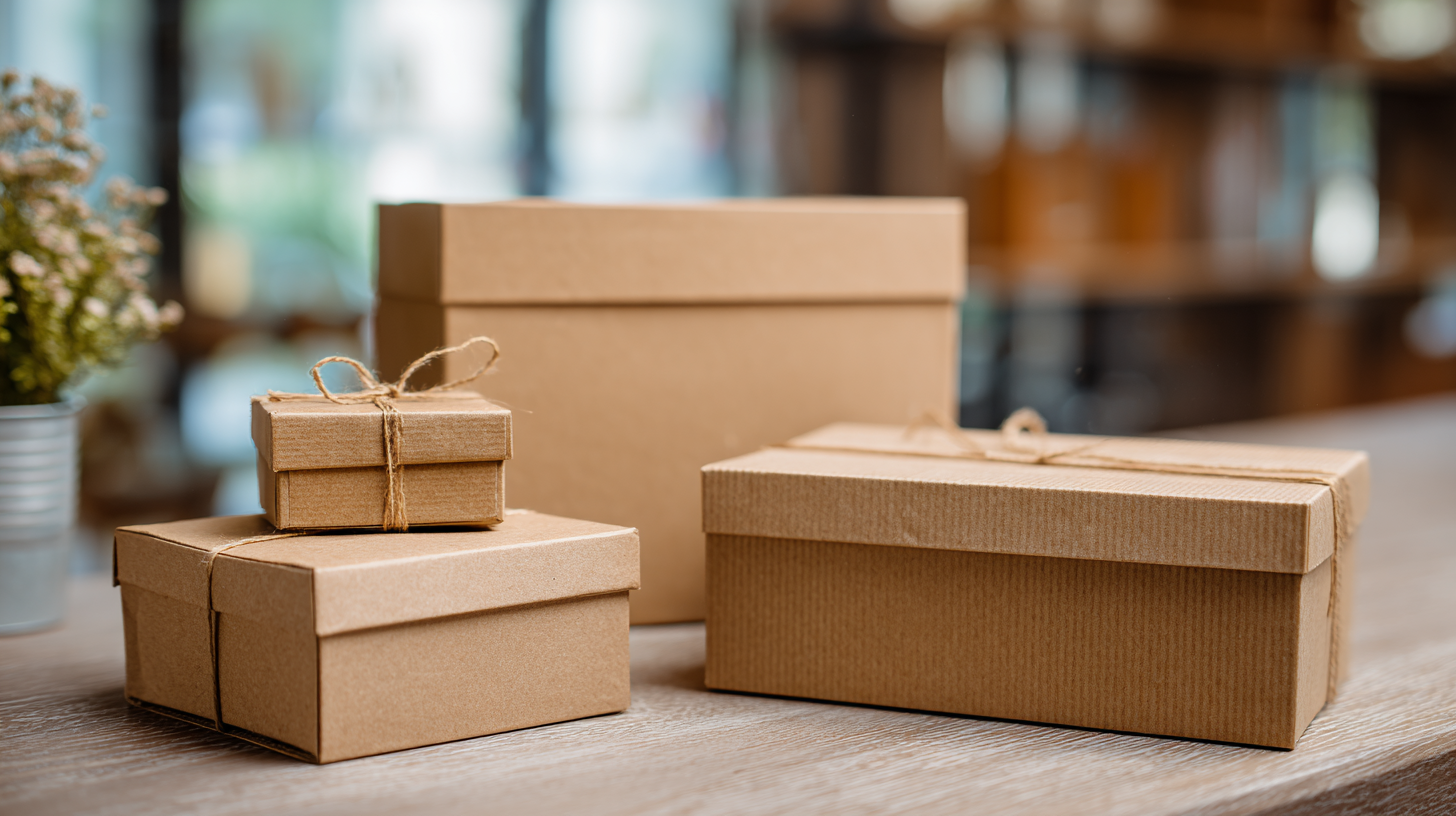
When selecting the best packaging solutions for your business, it is crucial to understand your product's unique packaging requirements. Different products necessitate different types of packaging to maintain their integrity, appeal, and functionality. For instance, fragile items might require protective materials such as bubble wrap or sturdy boxes, while perishable goods need packaging that ensures freshness and complies with health regulations. By assessing your product characteristics, such as size, shape, and sensitivity to environmental factors, you can determine the appropriate materials and designs that will provide the best protection and presentation.
In addition to your product's specific needs, staying attuned to current market trends is essential for effective packaging strategy. Consumers today are increasingly drawn to sustainable packaging solutions, prompting businesses to consider eco-friendly materials and practices. Additionally, the rise of e-commerce has shifted packaging expectations; consumers now favor solutions that are not only protective but also visually appealing for unboxing experiences. Understanding these trends can help you design packaging that not only meets your practical requirements but also resonates with your target audience, enhancing brand loyalty and driving sales.

As businesses increasingly prioritize sustainability, the demand for eco-friendly packaging solutions is on the rise. Pharmaceutical companies, for instance, are turning to recyclable and biodegradable plastics to mitigate their environmental impact. Biodegradable plastics can decompose within three to six months, marking a significant advantage over traditional materials. This shift not only aligns with regulatory demands but also appeals to environmentally conscious consumers.
The growing market for polylactic acid (PLA) illustrates this trend, with its value expected to surge from approximately $2.175 billion in 2023 to over $10.2909 billion by 2032. This exponential growth is driven by a heightened demand for sustainable and biodegradable materials across various industries. Additionally, the reactive hot melt adhesive market is emerging with advanced formulations that enhance bond strength and durability, further supporting sustainable practices. As e-commerce continues to thrive, initiatives aimed at reducing packaging waste have gained momentum, indicating a collective effort to minimize environmental footprints while optimizing cost-effectiveness in packaging solutions.
In today's market, sustainability has become a critical factor influencing consumer behavior and business strategies. As companies strive to adopt eco-friendly practices, understanding the benefits and expectations surrounding sustainable packaging is paramount. With the global meat market projected to grow significantly, businesses must consider how sustainable packaging solutions can minimize environmental impacts while enhancing brand image.
Tips for businesses include conducting a thorough analysis of packaging materials that prioritize sustainability. Biodegradable and recyclable options not only reduce waste but also appeal to environmentally-conscious consumers. It's essential to engage with customers to understand their preferences, as many value brands that actively demonstrate commitment to sustainability.
Additionally, adopting minimalist packaging designs can further align with sustainability trends. By reducing excess materials and focusing on simple, effective solutions, companies can lower costs and attract a growing demographic that appreciates the concept of "less is more." Investing in sustainable packaging not only meets consumer expectations but also positions businesses favorably in a competitive market.
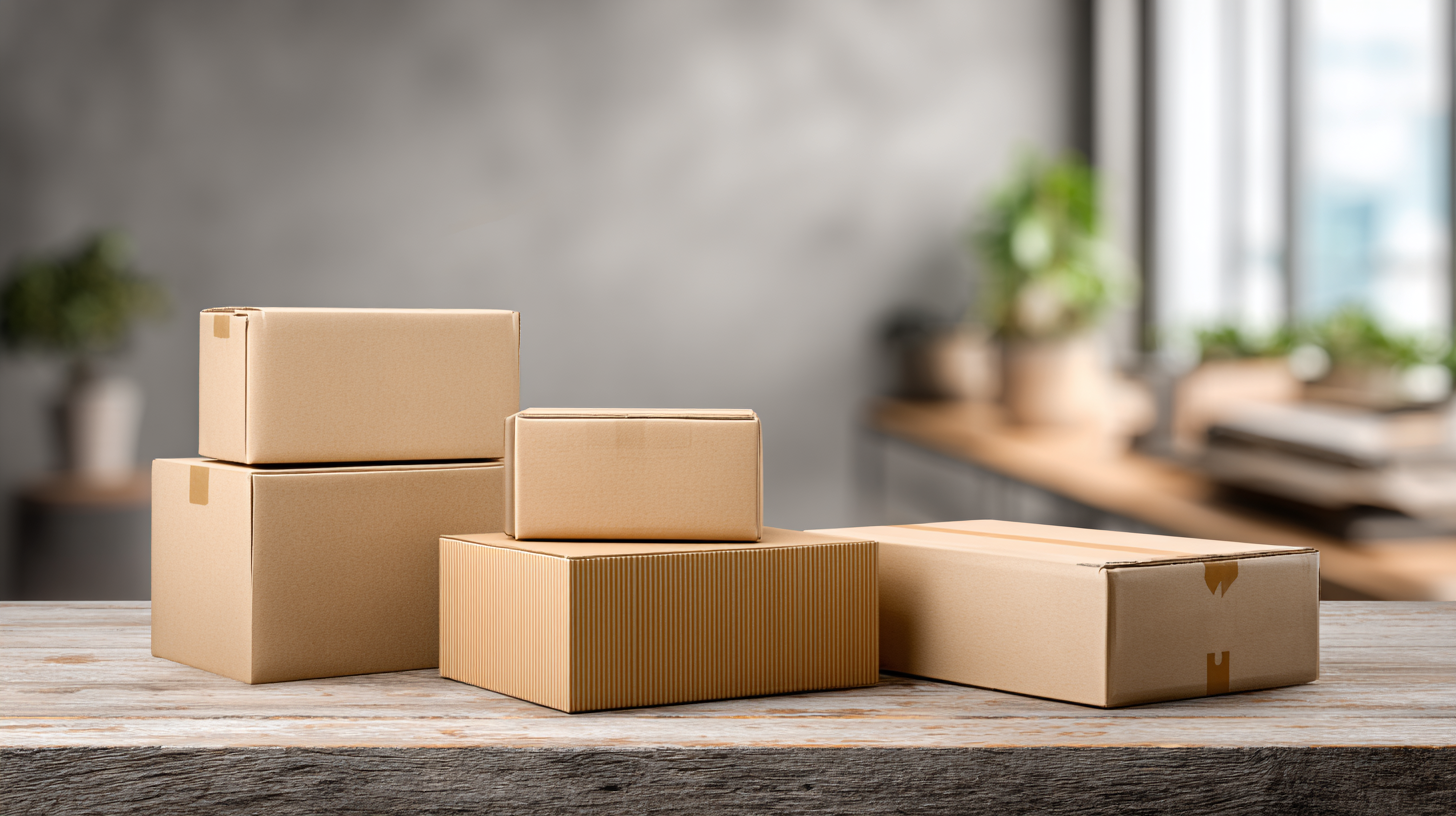
The packaging machinery industry plays a crucial role in enhancing the efficiency and sustainability of various sectors, including food, pharmaceuticals, and consumer goods. As businesses strive to optimize their operations, the demand for automation and advanced packaging solutions has surged. Technologies such as smart sensors, automated filling systems, and robotic handling are transforming traditional packaging processes, allowing companies to increase production speeds while reducing labor costs.
Innovations like smart packaging solutions further elevate operational efficiency by integrating data-driven insights into the supply chain. These innovations not only enhance quality control but also promote sustainability by minimizing waste and optimizing material usage. As consumer preferences shift towards eco-friendly products, packaging solutions that incorporate sustainable materials are becoming essential. The intersection of technology and sustainability in packaging is paving the way for smarter, more efficient solutions that meet the diverse needs of businesses while addressing environmental concerns.
Packaging plays a crucial role in shaping a brand's identity and enhancing customer experience. According to a study by Nielsen, 64% of consumers cite shared values as the primary reason they have a relationship with a brand, highlighting the importance of packaging that reflects a company's ethos. Thoughtful packaging can convey a brand's message and story, making it a vital touchpoint in the customer journey.
Additionally, the customer experience is significantly influenced by packaging design and functionality. A survey from the Packaging and Packaging Machinery Association revealed that 72% of consumers consider packaging design important when making their purchase decisions. Well-designed packaging not only attracts attention on the shelf but also improves usability, fostering a sense of satisfaction and loyalty. Brands that invest in innovative and sustainable packaging solutions can enhance their perception among consumers, as 66% of global respondents in another study stated they are willing to pay more for sustainable brands. Thus, selecting the right packaging is imperative for businesses aiming to strengthen their brand identity while optimizing customer experience.

